HOW TO CREATE A SOLID LEASE AGREEMENT: Part Two of Four
HOW TO CREATE A SOLID LEASE AGREEMENT: Part Two of Four
By Wayne Gathright
Part One, How to Create a Solid Lease Agreement
DRAFTING THE BASIC LEASE AGREEMENT
 1. Parties. Include the full names of ALL prospective tenants – these will be the only ones held accountable if there is a dispute.
1. Parties. Include the full names of ALL prospective tenants – these will be the only ones held accountable if there is a dispute.
-
Be sure to include both names of a married or unmarried couple.
-
Remember, if one tenant skips, you should be able to hold any other party on the lease responsible for the rent.
-
Also, if any one tenant violates the terms of the lease, you should be able to terminate the lease.
2. Rent provisions. Spell out more than just the rent amount. Include:
-
The day rent is due
-
How it should be paid – by mail, in person, online, direct deposit.
-
List acceptable forms of payment – personal checks only, money orders, credit cards.
-
Any charges if a check should bounce.
-
When rent is considered late, and any late fees that the tenant is responsible for.
Be sure to include whether you are going to apply any late fees prior to applying money received towards the actual rent.
 3. Occupancy Restrictions Make sure you specify who can live at the residence. This would normally be only the parties named on the the lease and any of their minor children. This gives you the right to evict any other people who might move in later, such as relatives or friends, plus it protects you if the tenant tries to sublet the rental without your permission.
3. Occupancy Restrictions Make sure you specify who can live at the residence. This would normally be only the parties named on the the lease and any of their minor children. This gives you the right to evict any other people who might move in later, such as relatives or friends, plus it protects you if the tenant tries to sublet the rental without your permission.
4. Security deposit. Be specific. Many legal hassles develop out of this part of the lease, so make sure you spell out:
-
The amount of the security deposit,
-
Conditions for the return of the deposit,
-
Acceptable deductions, and
-
When it will be returned.
Be sure to include how the deposit can be used by either party, such as deductions for cleaning costs, additional costs for pets, damage costs and other fees. Make sure to spell out that the deposit cannot be applied to rent payments.
5. Term. Specify the lease term. If the lease runs for one year, outline whether it reverts to a month-to-month after that, and the number of days notice you will need to renew the lease, if it is renewable. If the lease self-renews, be sure to specify the number of days notice that either you or the tenant must give in order to move out.
6. Repairs and Maintenance. Clearly outline the obligation of both the tenant and yourself regarding repairs and maintenance of the unit.
-
Your tenant will probably want to make alterations such as painting, running wires, hanging pictures, installing alarm systems, so make sure your permission is required first.
-
You should require that the tenant keep the property clean and let you know if anything needs your attention right away.
-
Make sure that you define who owns an improvement- usually a fixture improvement to the wall or ceilings becomes the property of the owner unless the property is restored to its original condition.
7. Rights to Enter the Premises. To be sure that you do not get charged with illegal entry or privacy violations, be sure that you spell out the rights you may have to enter the premises. Normally, the landlord cannot enter without the tenant’s permission, but you should have the right to:
-
inspect the property
-
show prospective buyers
-
make repairs
-
provide maintenance
with proper tenant notification and during acceptable hours, unless in case of emergency. You might want to include the right to show the property to prospective tenants after notice of termination is given, again with proper notice to the current tenants.
8. Attorneys Fees. In case of a dispute, you must outline in the lease which party pays attorneys fees and costs. Many standard leases make the tenant responsible for paying to enforce the lease provisions, but your state laws may not permit that, but rather requiring that the losing party in the lawsuit pay the fees.
Check back tomorrow for Part Three, Incentive Clauses.
Wayne Gathright is president of WG Software, Inc., developers of the Tenant File Property Management Software. He has over 30 years experience in consulting and software development for real estate. Mr. Gathright also markets a product for easy creation of leases called The Lease Designer, that allows the user to select from several prewritten leases, choose from over 200 prewritten rental clauses, and add house rules templates to the lease. A user can write their own leases and clauses, modify the existing templates, or import leases from other programs.
American Apartment Owners Association offers discounts on products and services related to your commercial housing investment, including tenant debt collection, tenant background checks, insurance and financing. Find out more at www.joinaaoa.org.


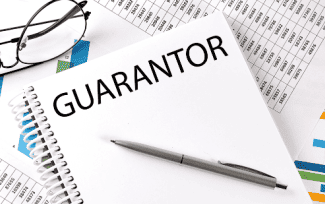
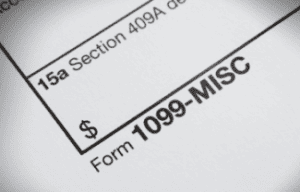
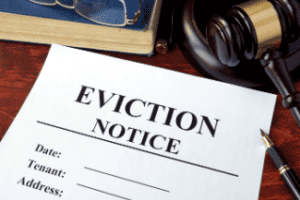
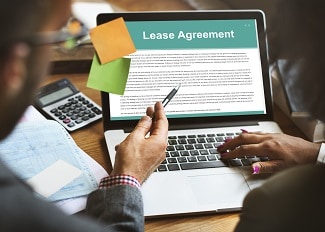
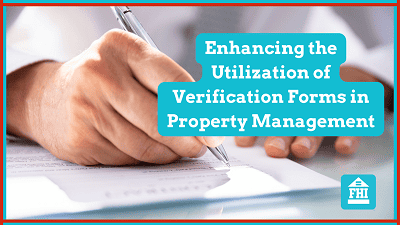
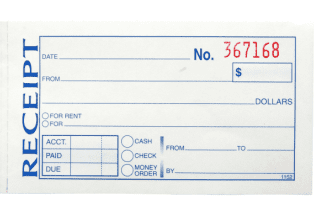







 Accessibility
Accessibility